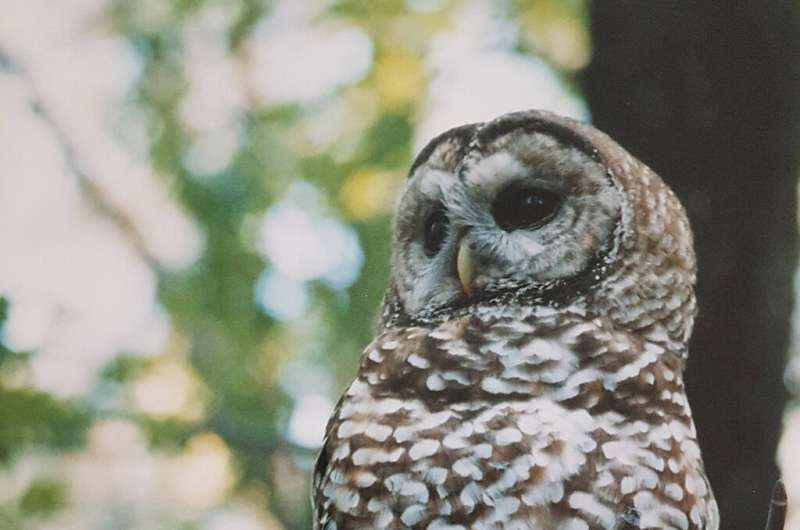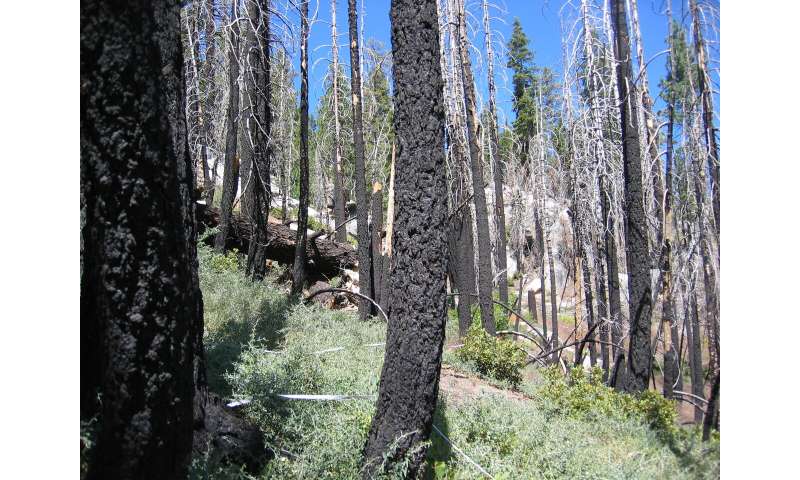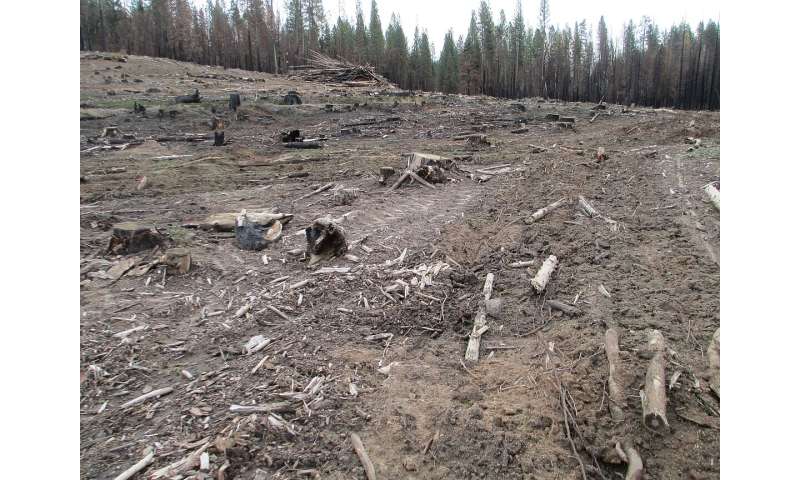New analysis finds Spotted Owls harmed by post-fire logging, not fire

Are forest fires a threat to the imperiled Spotted Owl? For years, different groups of scientists assumed so, but a new study turns this assumption on its head. Researchers from the John Muir Project, Pennsylvania State University, and Wild Nature Institute found that these previous studies consistently had a serious methodological flaw: they failed to take into account the impact of post-fire logging on Spotted Owls.
"It turns out that the decline in Spotted Owl populations that sometimes occurs after forest fires is being driven by destructive post-fire logging practices, not by the fires themselves," said Dr. Chad Hanson, Research Ecologist with the John Muir Project.
Interestingly, in the absence of post-fire logging, Spotted Owls benefit overall from large mixed-intensity forest fires, contrary to longstanding assumptions made by the U.S. Fish and Wildlife Service and the U.S. Forest Service.
"Federal wildlife and public land agencies have a serious misunderstanding of the science regarding wildfires and Spotted Owls," noted Dr. Derek Lee, Associate Research Professor at Pennsylvania State University. "This leads them to mistakenly label forest fires as a threat to the Owls, and ignore the real threat: logging."
Forest fires burn in a mosaic pattern. Typically, even the largest forest fires are dominated by lower-intensity effects, where most of the mature trees remain green and survive, and the remainder is comprised by higher-intensity fire patches where the fires create "snag forest habitat".
-

Burned forest is a rare habitat in western forests with extremely high biodiversity value. Even old forest species like Spotted Owls benefit from high-severity burned forest when it is not damaged by post-fire logging. Credit: Derek Lee -

Post fire logging destroys biodiverse burned forest habitat that benefits Spotted Owls. Most studies reporting negative effects of fire were confounded by post-fire 'salvage' or 'restoration' logging such as this. Credit: Chad Hanson
"These patches of snag forest habitat have high levels of the small mammal prey that Spotted Owls need to survive and reproduce," observed Dr. Monica Bond, Principal Scientist with the Wild Nature Institute. "But post-fire logging destroys and eliminates snag forest habitat, and that harms Spotted Owls," she added.
More information: Hanson CT, Lee DE, Bond ML. 2021. Disentangling Post-Fire Logging and High-Severity Fire Effects for Spotted Owls. Birds 2021:147–157. doi.org/10.3390/birds2020011
Provided by Wild Nature Institute




















